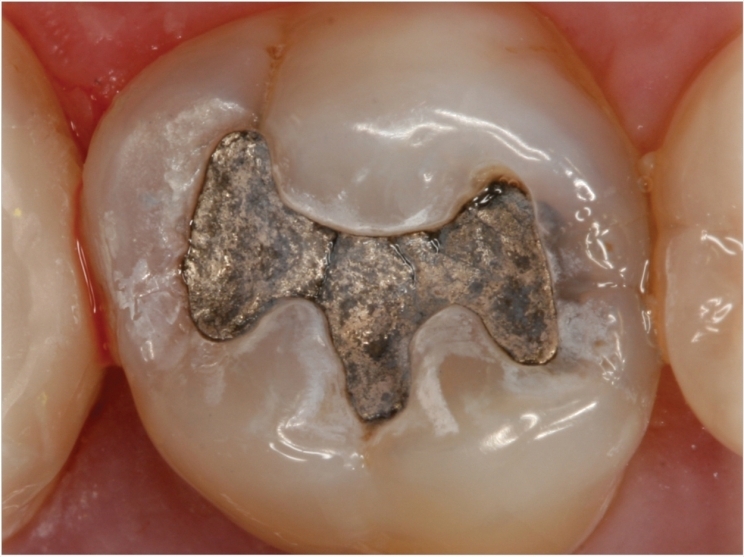
The international discussion about the use of mercury in dental procedures continues as more than 50 senior oral health leaders recently met at King’s College London’s Dental Institute to explore pathways for reducing amalgam usage in the United Kingdom and developing nations. Participants included agencies of the United Nations, dental policy makers, national chief dental officers, representatives of non-governmental organizations, and members of the clinical and academic communities.
“The expertise of the symposium participants created a rare opportunity to address the breadth of challenges intrinsic in creating the pathways,” said Professor Dianne Rekow, DDS, PhD, executive dean of King’s College London’s Dental Institute, who led the conference. “We brought our own expertise and learned a great deal from others about the realities of changing materials and how we deliver dentistry.”
Legislation in many countries and international agreements are driving the replacement of amalgam as a front-line material in dental procedures. Mercury, which makes up about 50% of the compound, presents numerous biological dangers. Yet the experts at the conference agree that simply replacing amalgam with other materials is not so simple, as factors such as costs, benefits, prevention, restoration, diagnosis of decay, restoration design, tooth longevity, and other risks all play a role in treatment decisions.
“The complexity of something seemingly as simple as changing a material is remarkable. Indeed, this ‘simple’ change has ripple effects that change the philosophy and practice of dentistry, as well as the economies of healthcare,” said Rekow. “Furthermore, the ripples inform future research and have a significant impact on the future workforce and how we educate them. One of the most impressive features of the symposium was the willingness of the participants to explore the implications and interdependencies of the ripples and assertively work toward finding ways to improve both the environment and health.”
The participants also were concerned that alternative materials would present new and perhaps bigger educational and clinical problems. Plus, economic questions related to the best way of investing scarce resources were raised. The participants additionally noted that there are commercial opportunities in terms of further improving existing materials and in developing new materials.
“I was very impressed by the commitment of the major dental community stakeholders to a measurable, equitable, and sustainable phase-down of dental amalgam use, as well as the recognition that dentistry can’t do this alone. This will need the engagement of other actors such as other health professions, industry/manufacturers, and, importantly, civil society,” said Julian Fisher, resource person for the UN Environmental Program (UNEP) Global Mercury Partnership Area on Waste Management.
“The meeting built on past discussions and focused on health systems thinking, as well as highlighting the need for a global set of indicators for the phase down of dental amalgam use from the World Health Organization (WHO) and UNEP,” said Fisher.
Participants also exchanged knowledge and research. They also examined case studies and best practices, particularly from the UNEP WHO East Africa Project, which is catalyzing action in East Africa and providing leadership and valuable lessons from phase-down actions in other regions. Several presentations highlighted minimal invasive dentistry and how dental schools in the United Kingdom are focusing on preventive approaches and preparing students to be change agents. And, the meeting’s stakeholders strengthened their network of contacts to work together to phase down the use of dental amalgam worldwide.
“For me, there was one standout takeaway message: the dental profession has a unique and critical opportunity through the phase-down of dental amalgam to implement and deliver prevention-oriented oral healthcare within integrated people-centered services,” said Fisher.
Related Articles
What Every Dentist Needs to Know About the New Amalgam Regulations
Europe Votes to Phase Out Mercury in Dental Amalgam
Amalgam Fillings May Raise Mercury Levels in the Body


